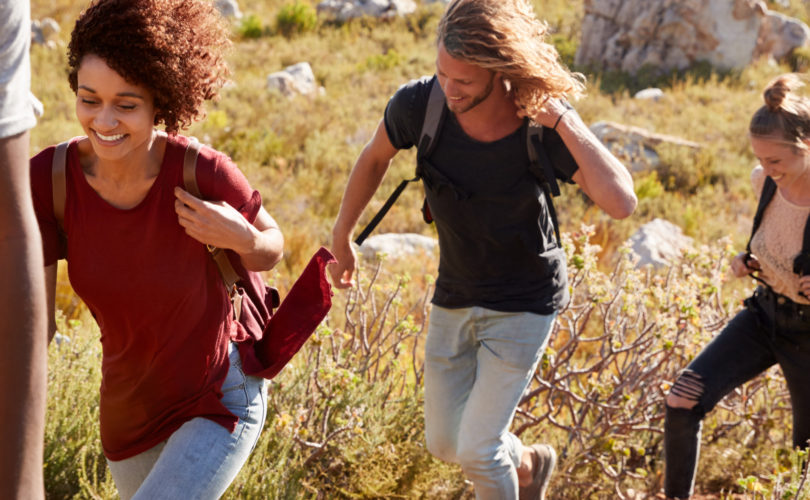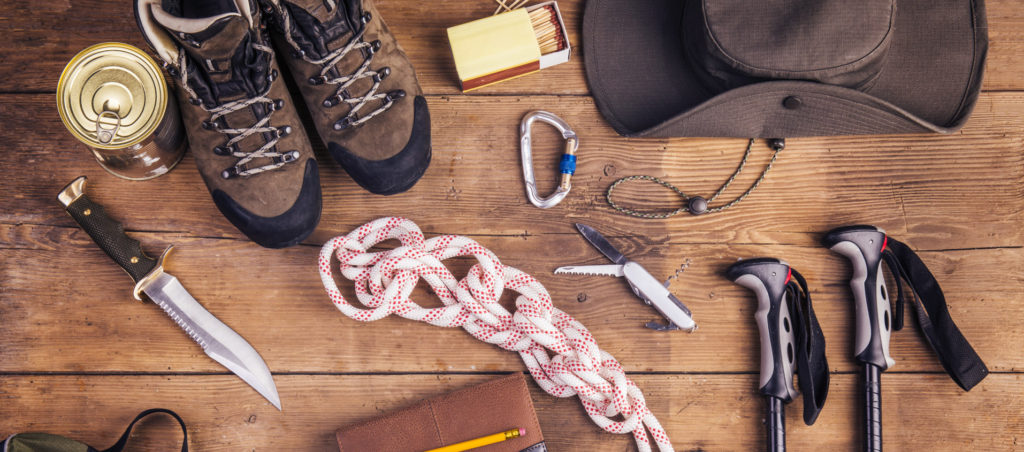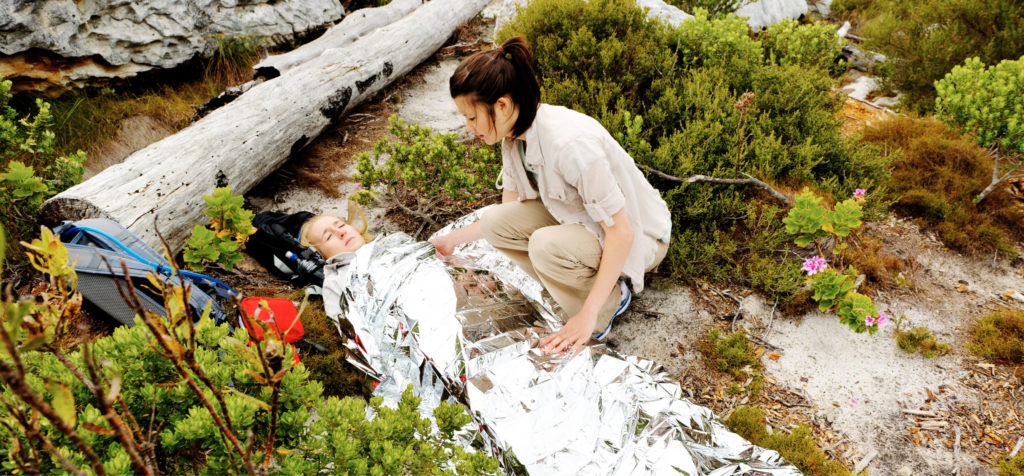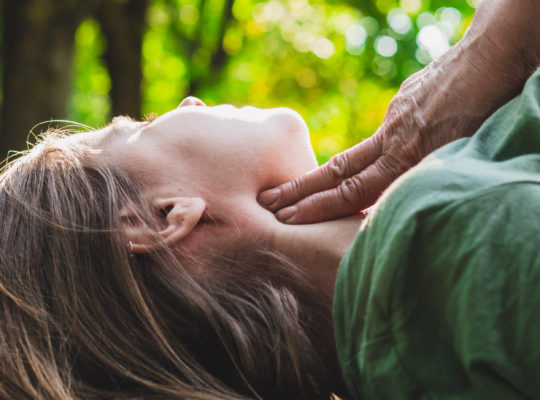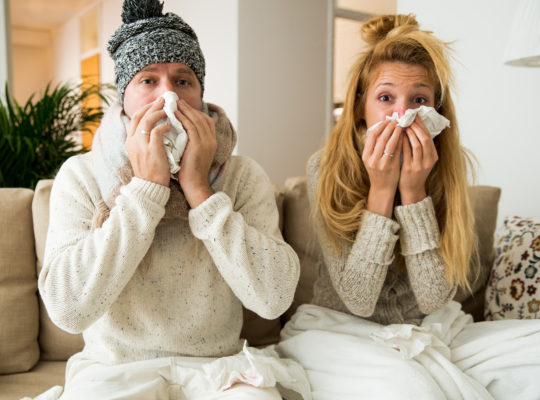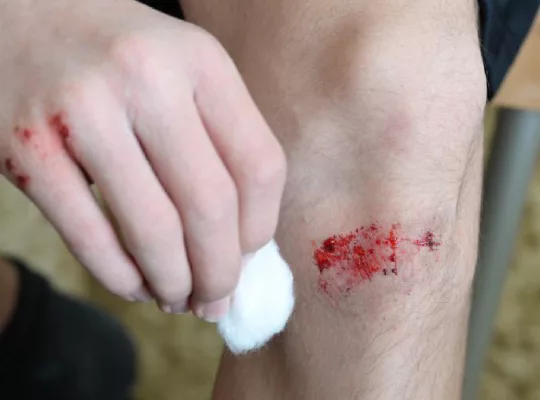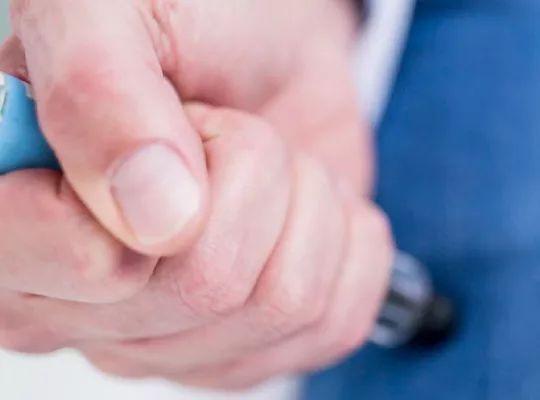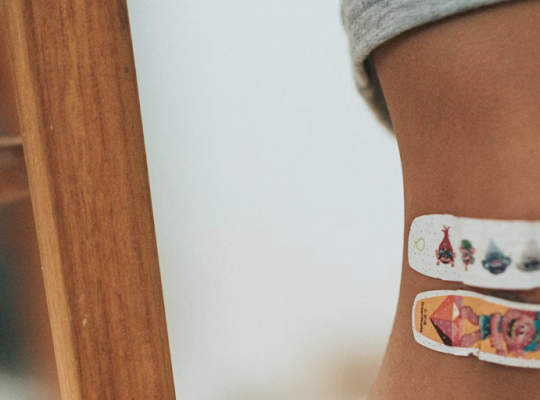Hiking is a great outdoor activity and is a fantastic way to enjoy nature while getting some exercise. Most hiking areas are extremely safe, but it is always good to know what to do in case of an emergency and to be prepared for one. This blog will help you learn how to stay safe, and how to help anyone, including yourself, who gets injured during a hiking trip.
How to Stay Safe While Hiking
The first and best way to stay safe while hiking is to do research on the area. Are you going to an area where there is no cell service? Is there a ranger station? Are there bears or wolves in the area? What is the weather going to be like? Is it a popular spot? All of these questions will help you properly prepare for an emergency.
Hiking Supplies
The supplies you need to bring are going to vary depending on your location. In general, if you’re just going to a public park with a 1- to 2-mile-long hiking trail, you should be good with weather-appropriate clothing, a basic first aid kit, and maybe some food and water. Getting help in an emergency should not be difficult on a well-populated or well-documented hiking trail with cellular service.
Once you start getting out there in places like national parks, areas where hiking can be a full-day event, where cellular service drops off, and when it’s very unlikely to run into another hiker, that’s when you need to be thoughtful about your gear.
Proper Clothing
Wearing proper clothing is way more important than you may think. Being comfortable helps keep morale high and allows you to hike more efficiently. Uncomfortable footwear, or footwear not designed for hiking, can drastically reduce how quickly you move. Having to take frequent breaks to rest your feet, having to repeatedly adjust your footwear, or even something as simple as getting your feet wet can eat up a lot of time.
Keeping yourself protected from the sun can prevent sunburn, heatstroke, and general fatigue, all of which will drain your energy and keep you from reaching safety. Wide-brim hats and thin long sleeve clothing are perfect for this. Sunscreen is also a good option if you want to wear shorts.
Staying at a comfortable temperature is very important for energy conservation and movement. Being too hot or too cold will limit your ability to move quickly and may force you to take breaks to try and regulate your temperature. Depending on the time of year and the area you’re in, low socks and short sleeves or short pants can expose you to things such as poison ivy, thorns, and insects if you’re not wearing insect repellent. In such situation, you can also use a pre-contact to protect yourself from poison. If you have already been in contact with the poison use a poison cleaner to remove it.
General Supplies
Before we get into the emergency supplies, I’m going to list the necessary gear that you cannot go hiking without.
Food and Water. Keeping your energy up is the most important thing for hiking. Make sure you’re packing sealable food that wildlife shouldn’t be able to smell unless you’re eating it, and make sure it’s convenient in your intubation bag. Keeping your gear as light as possible lets you travel as quickly as possible. Foods like granola bars, trail mix, or anything else that is lightweight but high in calories and nutrients are your best options.
Fire-Starting Gear. Regardless of the time of year, bring something to start a fire and possibly a tool to harvest wood. Nights are cold at any time of year, and staying warm will help you survive. You may need to boil some more water if you run out of your original stock. Fires are also great for attracting attention.
Emergency Supplies
When hiking in remote areas, it is very important to have most, if not all, of these items.
A Map and Compass or GPS. Even if you know everything about the area where you are hiking, these items are must-haves. Keeping yourself from getting lost is a great way to avoid emergencies. GPSs are especially helpful because you will be able to give specific coordinates to emergency services.
Items for Animals. If you are hiking in an area with potentially dangerous animals, such as bears or wolves, it is necessary to carry some form of defense item. Bear-spray is the best option unless you are in a windy area. A handgun can be used to scare off or deter wildlife, but it may not be legal depending on local laws. An airhorn or whistle can be used to scare off some animals. Friends are another good resource. Wild animals are much less likely to attack a group of people than a single person.
Whistles and Light Sources. If you are in the remote wilderness and the sun goes down, you will need a light source. Flashlights and headlamps are great for attracting attention and making sure you can watch where you’re stepping. If you don’t have these, even a small penlight can be helpful in such situations. Whistles are loud and don’t require much effort to use, making them way better for getting attention than yelling.
Emergency Blanket. Emergency blankets are very useful for staying warm while waiting for rescue. They can also be used as a survival tool. For a full rundown, check out our blog on the topic.
First Aid Gear
When it comes to packing first aid, you should either have someone with a first aid bag or a first aid kit in their pack. E-FirstAidSupplies sells tactical ems and military first aid backpacks that can hold plenty of first aid supplies and camping gear simultaneously. Our tactical first aid backpacks have internal and external pockets for organization and are MOLLE and PALS compatible for added storage.
Your first aid supplies should include:
Bandages and gauze. These are needed to stop bleeding and cover wounds.
Antiseptics/Antibiotics. Use these to prevent the wound from getting infected.
A splint and sling. Use these to secure and protect a fracture
A tourniquet. Use this to stop extremely heavy bleeding from wounds on limbs.
Pain management. Use this to help keep the injured person moving. Do not move them if they have a neck or spine injury.
Medical tape. Use this to keep bandages secure and support sprains or injured joints.
Antihistamines. Use these to treat allergic reactions.
First Aid While Hiking
If you or someone around you gets injured and needs first aid, here is what you need to do.
Assess the Injury
To treat an open wound. Find the wound and clean it by soaking up any blood around it and then using an antibiotic or antiseptic wipe around the area. Use gauze or an absorbent dressing to apply pressure to the wound to stop the bleeding. Once the bleeding stops, wrap the gauze or dressing with a bandage. If the bleeding does not stop, apply a second gauze pad or dressing and continue to apply pressure. If the wound is on a limb and still does not stop bleeding, a tourniquet can be used as directed.
For a suspected fracture or sprain. Look for any open wounds and follow the directions above. Once the bleeding stops and the wound is dressed, put the injured limb in a splint and sling if needed. If it is an open fracture (bone has broken through the skin), do not try to push the bone back inside; just try to stop the bleeding and apply a splint and sling.
Unless the person sustained a neck, spine, or fractures to both legs, try and keep them moving if safety or help is in walking distance. If not, call for emergency services and keep them still.
Takeaway
The most important things for emergency preparedness are knowledge, food, and water. Having those three things greatly increases your chance of survival, and any of the other equipment will only serve to further increase those chances.

